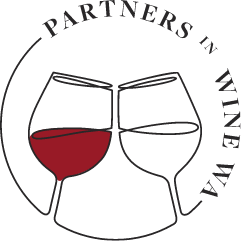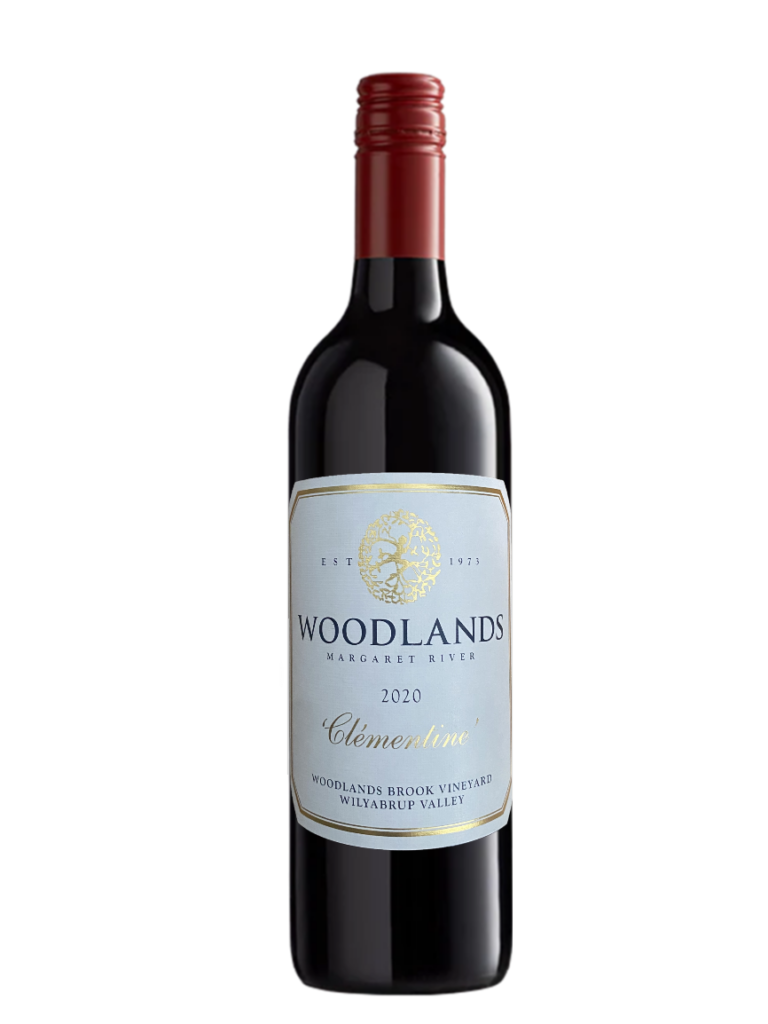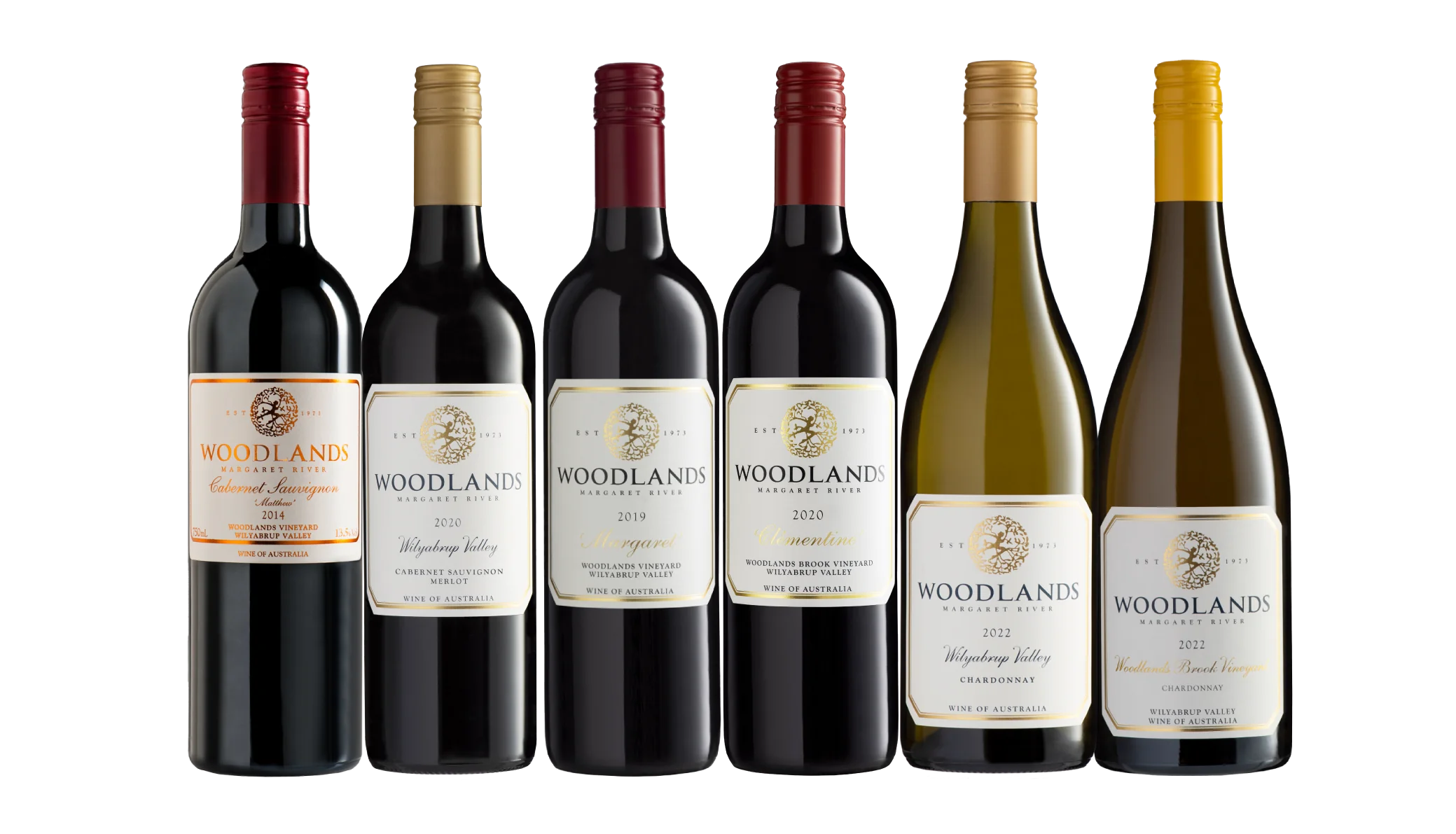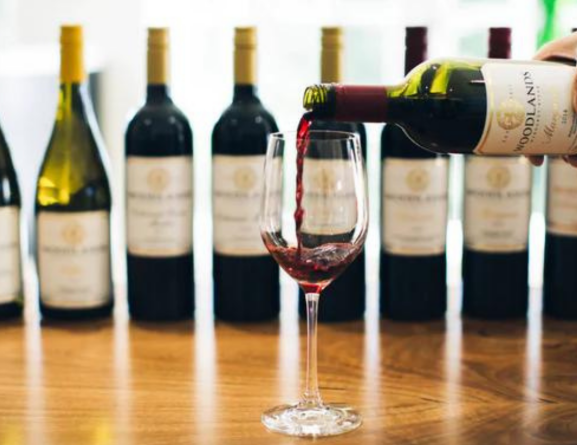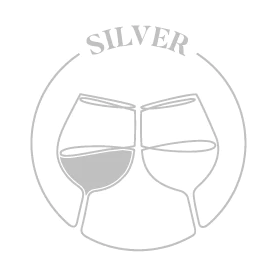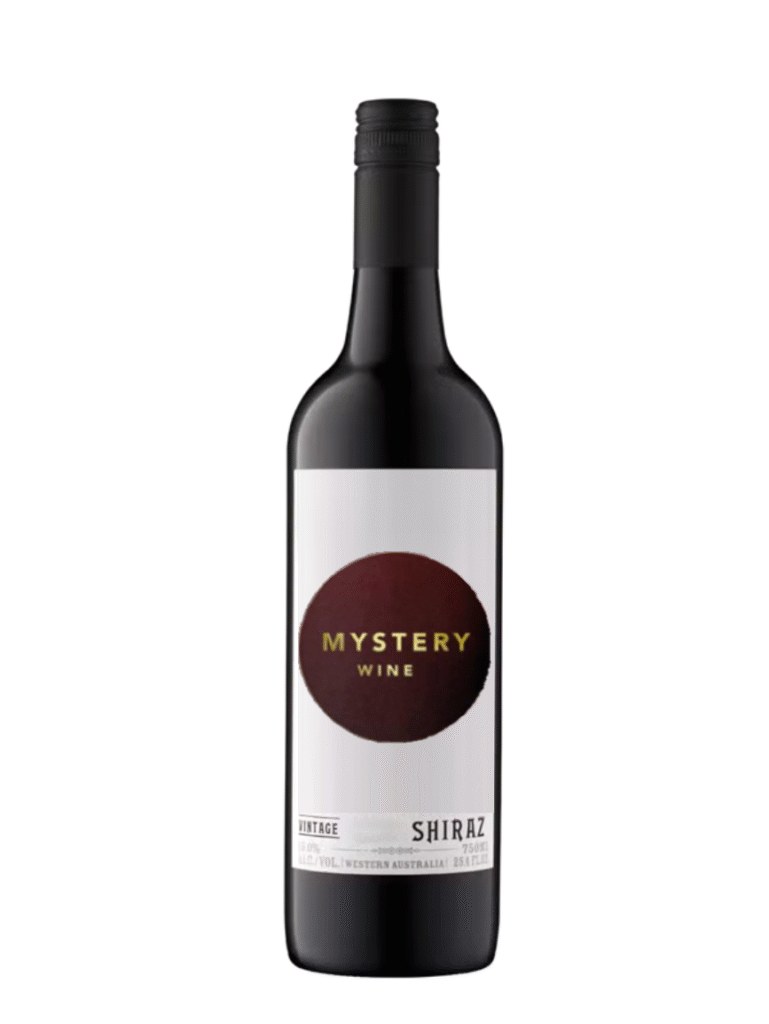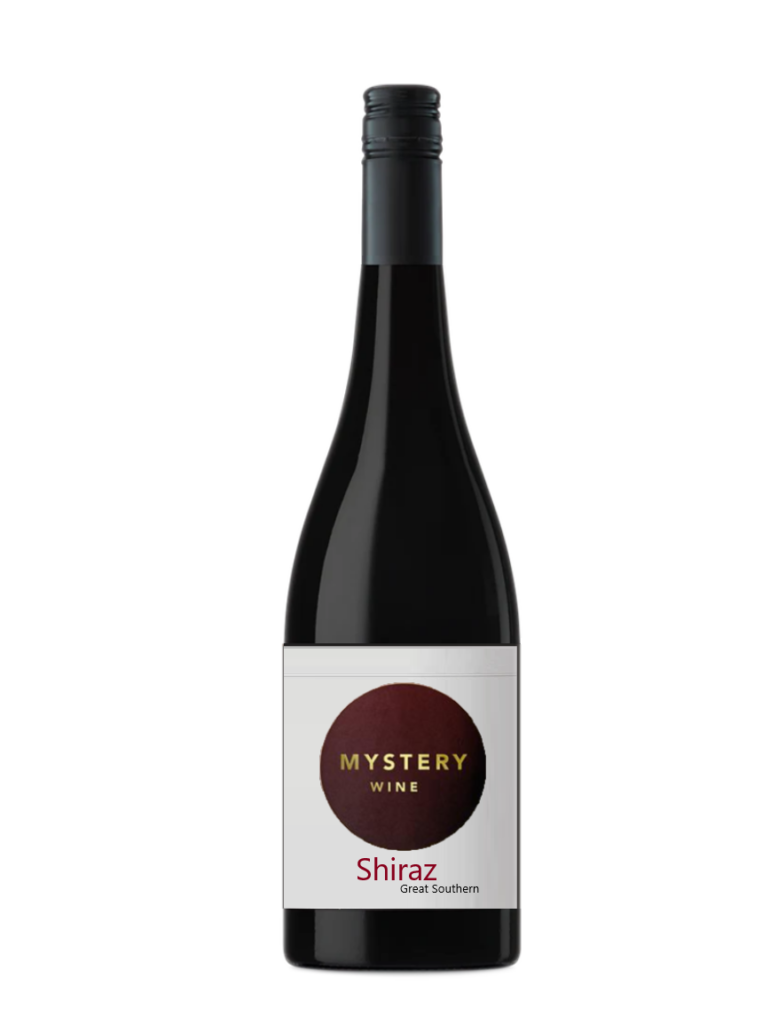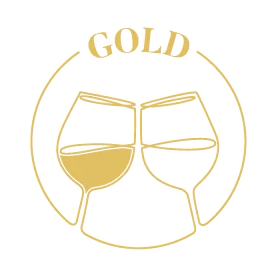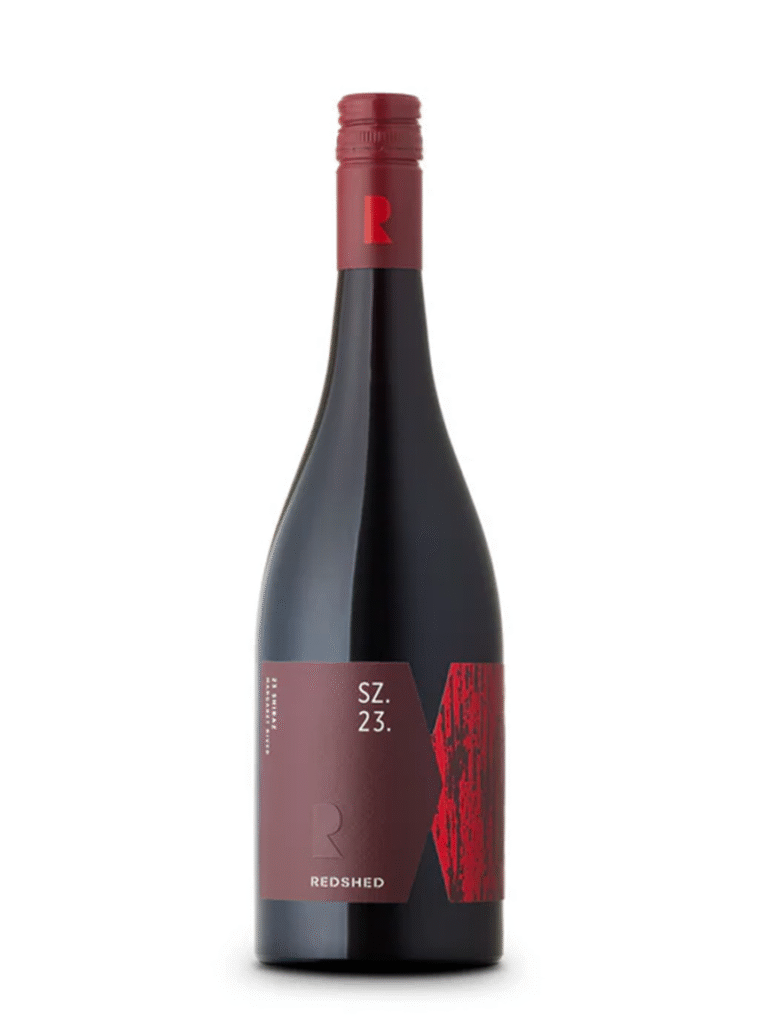Elegant ~ Powerful ~ Complex
The 2020 Woodlands Clémentine is a distinguished Bordeaux-style blend from the renowned Wilyabrup Valley in Margaret River. Crafted from 66% Cabernet Sauvignon, 20% Merlot, 8% Malbec, and 6% Petit Verdot, this wine exemplifies the harmony and depth achievable from this esteemed region. Sourced primarily from the Woodlands Brook Vineyard, it reflects the meticulous care and tradition upheld by the Watson family since 1973.
Why You Will Love It ❤️
-
Critically Acclaimed – Awarded 95 points by both Halliday Wine Companion and Ray Jordan, highlighting its exceptional quality.
-
Complex Aromatics – Delicate aromas of red fruits, violet, cassis leaves, and subtle graphite notes.
-
Refined Palate – A bright, mineral-driven profile with soft textures, showcasing flavours of violet, blue fruits, and charcuterie nuances.
-
Structured for Ageing – Balanced acidity and fine tannins suggest optimal enjoyment between 2029 and 2032.
-
Versatile Pairing – Complements dishes like braised beef cheek arancini or Turkish aubergine in tomato sauce.

Discounts & Delivery
Buy 6 or more wines of your choice and enjoy a 5% discount. Yes, it can be any mix of wines!
Based in Perth, we provide complimentary personal delivery for orders over $75 within the Perth area.
We also offer shipping across Australia, with freight costs calculated at checkout.
You can typically order more than the available stock of most wines, with excess going on backorder. However, for special vintage-dependent wines, you’re restricted to the current stock to ensure you receive the specific year’s vintage.
For any inquiries, feel free to reach out to us via email at info@partnersinwine.com.au.

